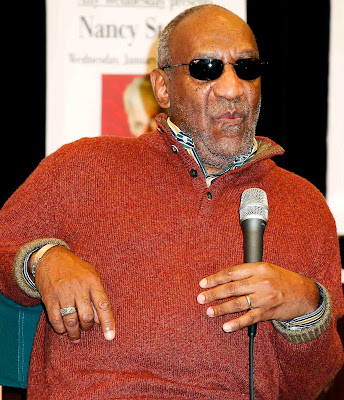


In the stories of Nehemiah and other biblical leaders, Cosby finds inspiration on how to rebuild Black America including the necessity of government reparations for ADOS. After learning about his people's dire situation in Jerusalem, Nehemiah wept and was moved to lead efforts to rebuild the wall around the city with money (reparations) obtained from the imperial government. However, it is a continuation that picks up on different biblical imagery, interpreting the African American experience from a different set of texts.

A Jew born in exile, Nehemiah landed a somewhat privileged position in the Persian king's court. Getting to the Promised Land is a unique and dynamic continuation of the civil rights movement’s religious self-understanding. Cosby lays out the first theology of the ADOS movement, turning the traditional lens of Black liberation theology from Moses leading escaped Hebrew slaves in Exodus to other biblical leaders like Solomon, Daniel, and Nehemiah. But the American Descendants of Slavery (ADOS) hold a unique claim to economic and reparative justice: for ADOS, after all, is the only group whose ancestors were forcibly brought to America, enslaved, built much of the wealth of the country, yet continue to be specifically excluded from the same social, political, and economic rights of other Americans. Too often, all oppressed people in America are lumped together under the moniker people of color, as if each group's experience under the yoke of systemic racism has the same economic and social repercussions. Cosby, one of the nations most influential religious leaders, offers the first theology of the American Descendants of Slavery movement. In the stories of Nehemiah and other biblical leaders, Cosby finds inspiration on how to rebuild Black America including the necessity of government reparations.


 0 kommentar(er)
0 kommentar(er)
